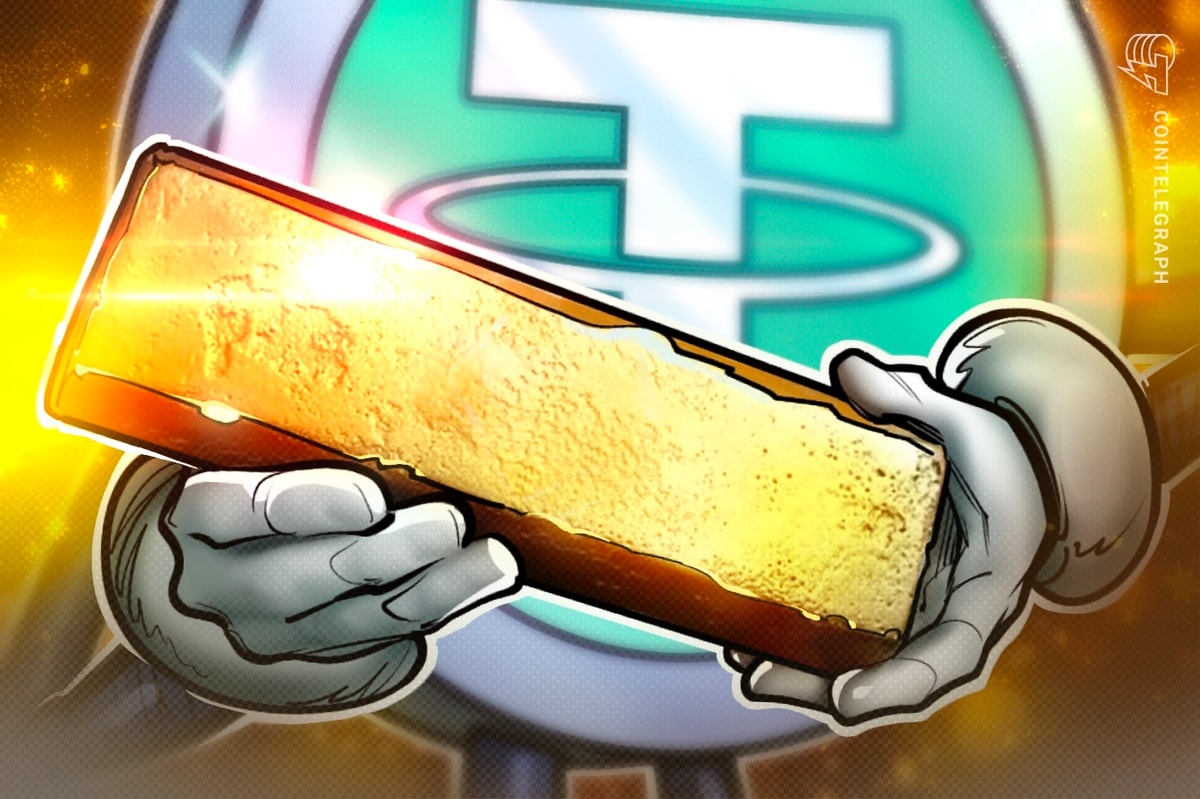
In my previous article, I touched upon the technical implications of a chain split and its potential resolution and how the type of ruleset changes might define what is and is not possible. In this article, I will show how economics will play an important factor in deciding which scenario occurs.
Mining Basics
A miner’s revenue comes down to a few factors : the value of Bitcoin, the transaction fees generated per block, and the miner’s hashpower compared to the difficulty. The miner’s expenses will typically include electricity (a significant part), facilities (rent, taxes, etc…), operations (staff to make sure everything is working, cost of running the IT infrastructure to operate), and depreciation of mining equipment. The equation can be simplified in most cases to having a cost per hash, which does not depend on which chain someone mines, so it can be ignored for analysis.
Mining in a Chain Split
When a chain split occurs, each chain will have a different value, and eventually, differing difficulty. Since a miner’s expenses will typically not differ according to which chain they are mining, profit-motivated miners will seek the maximum revenue. The maximum revenue will depend on two factors : the expected reward per block and the difficulty of finding such a block. There are even mining pools that opportunistically will shift which coins they mine based on current market conditions to maximize revenue for their hashers. While some miners may mine ideologically or for strategic reasons, Bitcoin’s economic model tends to assume that hashers will seek profits. Given the low barrier to entry and relative anonymity of hashing, any presence of ideological miners will be negated by profit-seeking miners who mine the opposite chain.
Evaluating Which Chain to Mine
When evaluating which chain to mine, a miner should use the following equation to calculate expected daily revenue:
([block reward in unit of account + expected fees in unit of account]) * (# expected blocks/day).
For simplicity, we’ll assume that the block reward in coin amount and fees in coin amount are the same, although it’s easy to expand this case later.
The expected blocks/day is equal to the mining hashpower divided by the expected network hashpower (based on difficulty). The difficulty reflects the average hashpower of the previous difficulty adjustment period. The rate at which you find blocks is independent of the network’s total *actual* hashpower, only the difficulty matters. For example, if you have 10% of the hashpower average of the previous period, you will mine 14.4 blocks per day on average for the next difficulty period, even if the total hashpower changes on your chain during the next period.
Revenue mining Chain A: [Price of A] * Block Reward * [My Hashpower / Total Hashpower of last period].
Revenue of mining Chain B: [Price of B] * Block Reward * [My Hashpower/ Total Hashpower last period].
We want to know which chain is more profitable to mine.
If [Revenue A] / [Revenue B] > 1, then mine A, otherwise, mine B.
We can simplify the equation down to ([Price of A]/[Difficulty A]) > ([Price of B]/[Difficulty B]), meaning you should mine A, otherwise B. Eventually both chains will reach an equilibrium where the difficulty of each chain is proportional to the price.
Implications for Resolutions of Chain Splits
In my previous article, I outlined four types of chain splits. In the case of the Incompatible Hard Fork, both chains will never resolve and no massive reorganization is possible. For the other cases, a chain reorganization is possible. If the amount of total work on the invulnerable chain exceeds the vulnerable chain, the vulnerable chain will be annihilated.
Above, we determined that the difficulty of each chain will be proportional to the prices of each. The difficulty reflects the amount of work being added to each chain. Thus, if the difficulty of one chain exceeds the other for long enough, it will eventually contain more work.
Simplifying based on the previous equations, the chain that maintains the highest value will eventually have the most work. Thus, any chain that is vulnerable to reorganization MUST remain at a higher value than the other chain for eternity in order for it to resist a massive reorganization.
Chris Belcher posted an interesting point on the bitcoin-dev mailing list:
"Because the segwit-invalid coins can be annihilated in this way and segwit-valid coins cannot, segwit-invalid coins are more risky to hold as an asset, all else [being] equal.
"A more risky asset has a lower price, all else being equal because investors demand higher risk premiums for holding it, while short sellers may sell down the price in the hopes of making a profit if its value goes to zero."
Based on this idea, it becomes an even bigger challenge for the vulnerable chain to retain a higher value, simply because it might not have a higher value at a later date.
Adjusting for varying block rewards
In the event of varying block rewards (including varying fees), the equation will just need a slight modification. Simply replace the price of each coin with a “reward in local currency” factor. Thus coin A with a 50 coin reward and 1 coin average fee and price of $100/coin can be compared to coin B with a 25 coin reward, 2 coin average fee, and price of $150/coin. In this case, both chains will converge to difficulty ratios of (51*$100)/(27*$150). In the event that Coin B should become valued at $188.89 or more, it would actually begin to produce more work than Coin A, and eventually annihilate it.
Conclusion
Staying on a chain that is vulnerable to reorganization is a risky proposition. As long as there is any reasonable interest in both chains, not only must it maintain the majority of hashpower immediately after the fork, but it has the possibility of being annihilated for some time after. Due to this risk, it will push the price of that chain downward, thus becoming a self-fulfilling prophecy where it drives the value down to the point where the mining majority has economic incentives to switch to the invulnerable chain, thus leading to a single chain with the stricter rules.
This guest post by Alphonse Pace was originally published on Medium and is reproduced here under a Creative Commons License.








